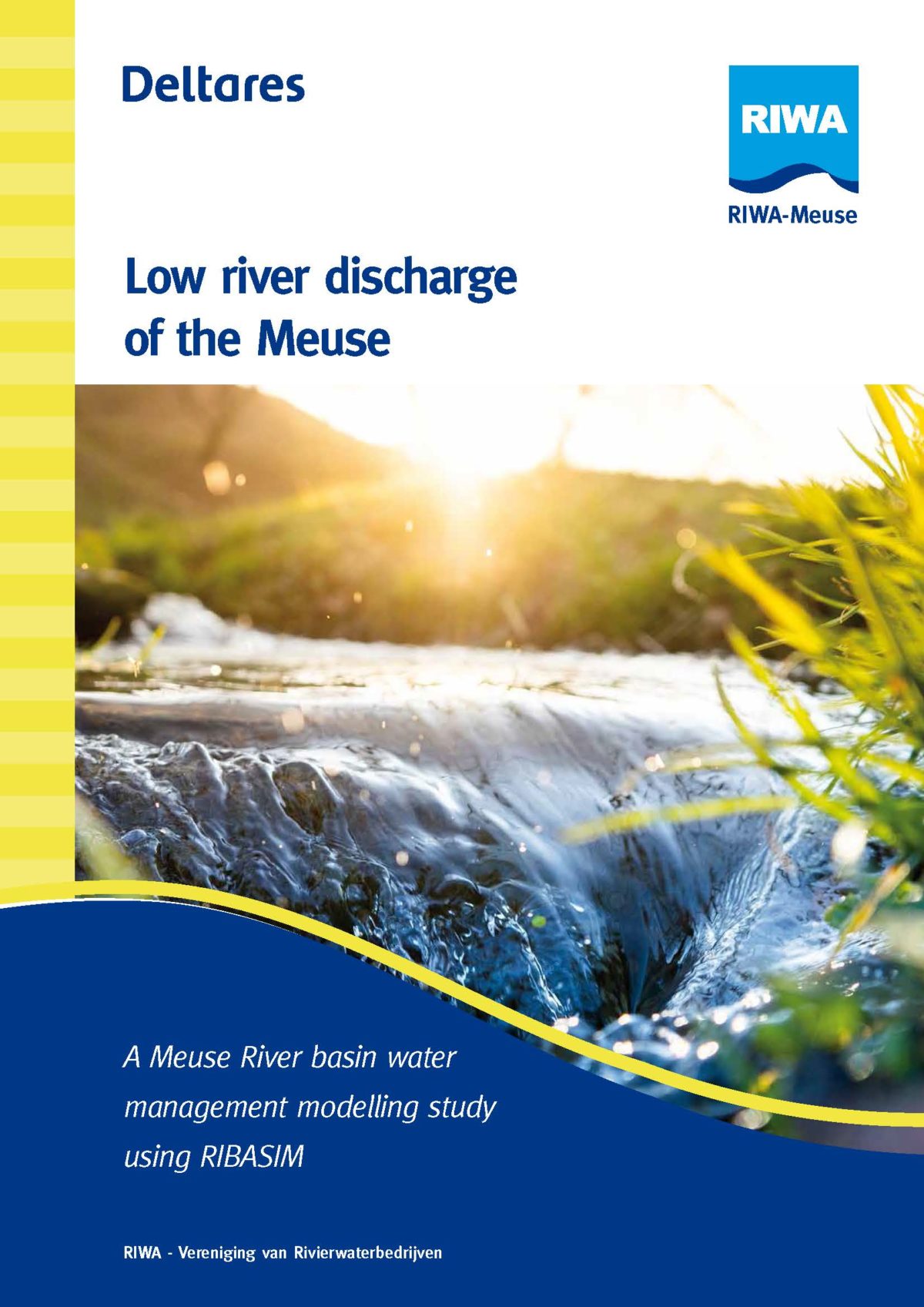Categorie: Rapporten
European Groundwater Memorandum
Water suppliers in the catchment areas of the major European rivers are convinced that a future-proof, climate-friendly, safe and affordable public drinking water supply for everyone requires generation-spanning preservation of the usability of the drinking water resources. Their common intention and aim is sustainable and precaution-driven protection of our drinking water resources. In their river basins, in addition to the indirect use of the surface water bodies (as riverbank filtrate or enriched groundwater), the abstraction of natural groundwater formed through
precipitation is also of major water management importance.
The present Groundwater Memorandum formulates five key requirements for the protection of naturally formed groundwater resources and thus complements the European River Memorandum (ERM) aiming at the protection of the surface water bodies.
European_Grundwassermemorandum_EN






